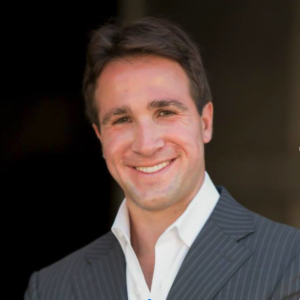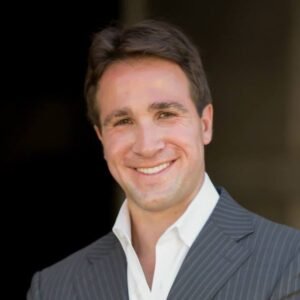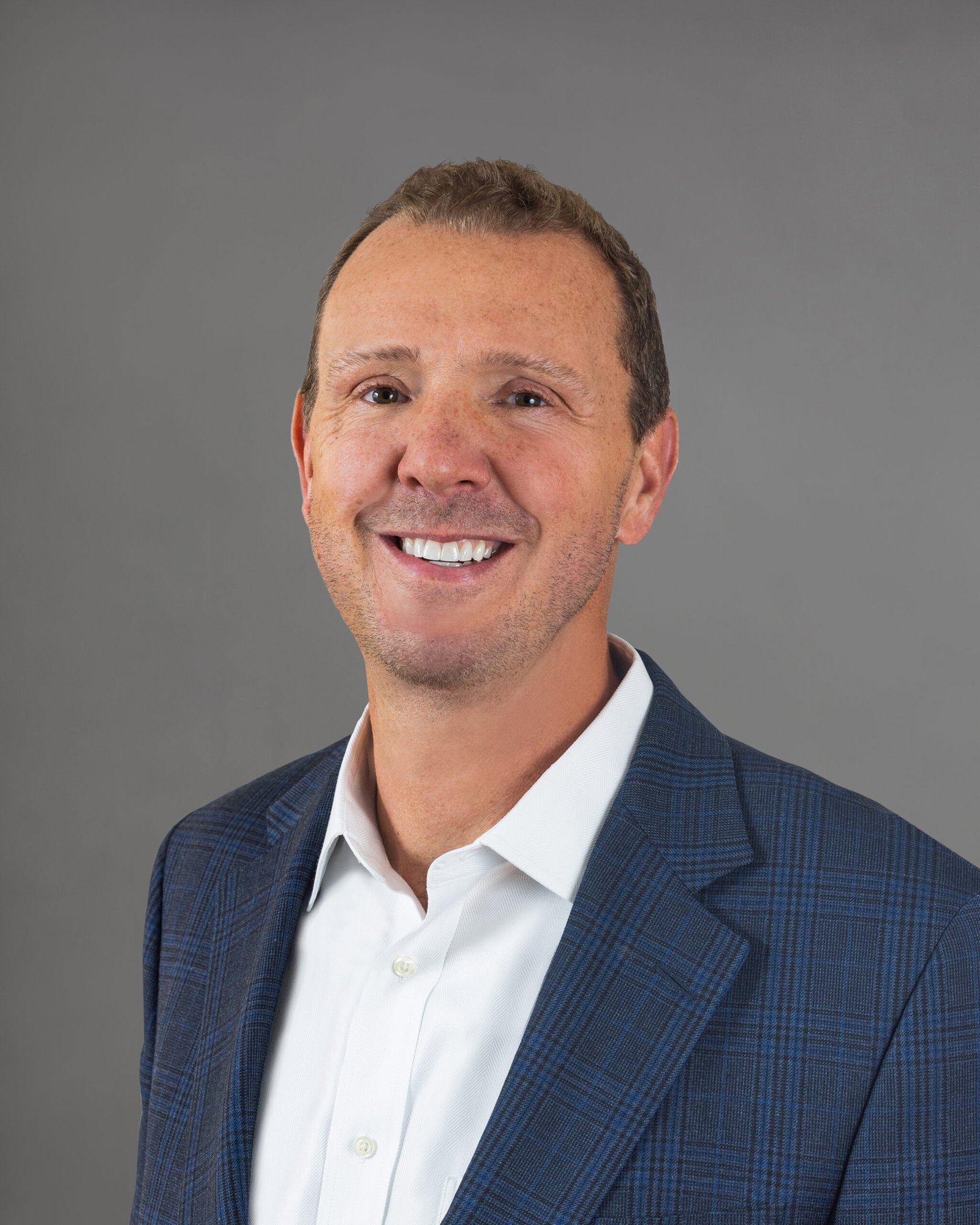I recently went one on one with Jim Rose. Jim is the CEO of CircleCI, the leading continuous integration and continuous delivery (CI/CD) platform for software innovation at scale, used by thousands of leading engineering teams, including those at Samsung, Spotify, and Ford.
Adam: Thanks again for taking the time to share your advice. First things first, though, I am sure readers would love to learn more about you. How did you get here? What experiences, failures, setbacks or challenges have been most instrumental to your growth?
Jim: Thanks for having me, Adam. We are the leading CI/CD platform that allows software development teams to release trustworthy code by automating the build, test, and delivery process.
My first tech industry job was as a consultant for a small firm based in Seattle, MSI Consulting Group. I joined MSI at the beginning of the Internet boom and had the opportunity to work with some of the largest tech companies in the world, as well as some of the earliest internet startups, doing sales and marketing consulting. Shortly after MSI was acquired by WPP, I applied my experience working with some of the most innovative tech brands at that time to leave and co-found my first startup, Mobshop.
Mobshop built and patented the notion of group buying online, which is something you can find all across the internet today. After Mobshop, I went on to found several additional companies leading to the co-founding of a company named Copious in 2010. Copious was a social marketplace that leveraged Facebook as a growth platform. We had received two rounds of funding and were growing rapidly, until one day, our traffic went down dramatically due to Facebook’s segmentation preferences.
In true start-up fashion, we had to quickly pivot and decided to take our platform mobile. Which led us to realize that we couldn’t build the way we wanted to for mobile because the tools themselves didn’t exist.
We had to build out our own tooling to rapidly deploy any new changes to our mobile application. Here we found that it was our tooling itself that provided the most value. We shifted gears again, coined it ‘Distiller,’ and brought it to market.
In 2014, Distiller was acquired by CircleCI. Since then, we’ve expanded the company across the globe, raised $315.5 million in funding, and recently acquired release orchestration platform, Vamp – bringing CircleCI’s total valuation to $1.7 billion.
Adam: In your experience, what are the key steps to growing and scaling your business?
Jim: The most important thing is to stay close to your customer and maintain product-market fit.
I think what happens too often is that as businesses scale, they tend to lose focus on product-market fit and get too locked into the mundane details of building out a company. The minute you lose touch with customers, you can cause a lot of debt in other parts of the business.
You want just enough from a process and investment perspective to stay aligned with your customer. This is the straw that stirs the drink.
Adam: What is your best advice on building, leading and managing teams?
Jim: In my experience, the only constant is change, and change is only accelerating. Manage for change by empowering your team to become leaders as quickly as you can. The minute they have to ask you to change or pivot, it’s often too late.
Get ahead by making sure your team understands what success looks and feels like. That they are aligned with this vision, and know clearly of their individual impacts to the bottom line.
You can do this by identifying effective metrics to track through OKR systems, or encouraging them to ask reflective questions like, “Do I know what success looks like?” and “If I’m successful, do I know how the business will succeed?”
These tactics influence a self-sufficient culture and one fueled by curiosity. That way, if an individual or team identifies a potential problem or an opportunity to pivot, they are more inclined to raise it early so that the business can figure out how to change course.
Adam: What are the most important trends in technology that leaders should be aware of and understand? What should they understand about them?
Jim: Today we’re seeing businesses realize that, regardless of their industry, or the products or services they provide, they are a software business at their core. Somewhere in the process, their relationship with their customers is mediated by a screen, one that is dictated by software. This has become the primary channel for customer engagement, so much so that seamless software delivery has become a critical competitive differentiator.
Make developer productivity your top priority. The performance level of a software engineering team has become a key indicator of a company’s future success. It may sound obvious, but having highly productive engineering teams goes a long way in bringing your products or new ideas to market faster.
If you find you have more limited resources than you hoped for, being deliberate and efficient with funds and operations is key to driving that growth. Budgeting your developers’ time in the most effective way possible is just as important as having the right product to begin with. For context, the cost of a developer minute is roughly $1.65, and the cost of a compute minute for automating an otherwise manual process is only around $0.006. Your developer efficiency can have a huge impact on profitability.
Companies that once put all their energy into branding, customer experience, and store design are now applying that same rigor to building software. The ability to innovate and to move quickly without sacrificing reliability will be key in order to get ahead.
Adam: What do you believe are the defining qualities of an effective leader?
Jim: I like to think of an effective leader as the drummer or bassist of a band. One that establishes the rhythm or the cadence, allowing others the freedom to innovate on top of that.
Every business goes through challenging periods and its own individual crises. These help them focus and figure out what’s important and get rid of the things that don’t matter. I’ve said this before, but I firmly believe that the key to success is articulating to your teams what business success looks like, getting people to focus on that goal, and pivoting activity and energy to get there.
Adam: How can leaders and aspiring leaders take their leadership skills to the next level?
Jim: My advice to business leaders at any stage is to implement resilient systems and processes that can withstand change. This is especially true in a world where user expectations and demands have dramatically increased.
Keeping pressure in the hose — that feeling of forward momentum — is critical, for both your team and your customers. You need to maintain a steady heartbeat of innovation. By continuously addressing the needs of the community, you’re providing a consistent rhythm and confidence that progress is being made.
Another piece of advice is to get closer to your software engineering teams. We recently conducted a study that uncovered a gap between business leaders and software developers that is costing businesses up to $126 million per year. When business leaders are able to understand and meet the needs of their developers, they will see increased efficiency and innovation in their software and thus increased revenue.
Adam: What are your three best tips applicable to entrepreneurs, executives and civic leaders?
Jim: Building something as an entrepreneur is all about staying alive until you find “the thing.”
Before you have product-market fit, all you’re trying to do is find the flicker that you have a business before you run out of money. If you find the flicker before you run out of money, you can get more money. If not, you shut it down.
You see this all the time out in the market. If you think about the origins of Slack, it began as an internal tool for Stewart Butterfield’s company, Tiny Speck, during the development of Glitch, an online game. Shopify started as an online store for snowboarding gear. Twitter was a podcast subscription service.
Go where your customers take you. There is tremendous worth in finding the customers that become brand champions and advocates. If your customers love what you have to offer, the revenue will follow, even if the return is not immediate.
I think the key takeaway here is that the thing you think you’re going to build when you start is never the thing you end up with.
Adam: What are your best tips on the topics of sales, marketing and branding?
Jim: Build a model that builds on customer value incrementally over time and stay true to that.
Start small and penetrate those accounts more deeply. Really ensure those initial users are getting 3x the value than what they’re spending.
Understand that what your customer needs is oftentimes evolving as well. As their needs evolve you have to be in sync with that evolution, if you miss it or don’t understand you are putting yourself in peril. Be sure to stay on top of these transitions.
Adam: What is the single best piece of advice you have ever received?
Jim: Cultivate your interests outside of your industry to stay fresh.
For many of us today, our homes are work and work is home. It’s getting more and more difficult to tease the two apart. Having a broad base of interests beyond the constraints of your field not only helps with separating work and play, it will give you ideas to solve problems that are multidisciplinary and nuanced.









